Melissa's assignment said for her to plant a tree:
Melissa planted a Ficus which can be groomed into a form of bonsai
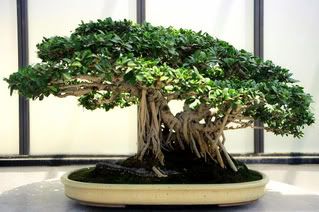 Now imagine this 60' tall. That's what the Ficus Trees in Florida parks look like. I'll try to get to a friend's house to get some pictures of thier tree which was bonsai'd as it grew. They have braids and ladders weaved into the walking root system.
Now imagine this 60' tall. That's what the Ficus Trees in Florida parks look like. I'll try to get to a friend's house to get some pictures of thier tree which was bonsai'd as it grew. They have braids and ladders weaved into the walking root system.
(Not my friend's tree!)
Here's another picture I found of a full grow ficus tree.
The second Tree Melissa planted was a Red Banana Tree.

YUM!!!!
OK!
I just showed Melissa the post I made in her honor which she was enjoying till it scrolled into the last post on WORMS!!!
She went ballistic on how GROSS that was so I will intervene and add a few lines on Biomes:
What is a Biome?
Large geographical areas that have vegetation and animals that have become especially adapted to a certain climate are called biomes. Climate is the combination of expected temperature, sunlight, wind, and precipitation over an extended length of time. This is why you don't see polar bears in a desert; they just can't handle the climate.
As we continue our hike, we'll pass through a few different biomes. Pay close attention and you will see how the plants and animals have adapted to that particular area. An adaptation is any special characteristic or feature that makes the animal or plant especially suited for the climate and geological features of the biome in which they live.
Let's continue to look at some interesting biomes around the world. Click on the BioVenture tab to continue the Extreme Eco Challenge.
So far on this adventure you have seen that there are several different biomes. Biomes do not have definite boundaries. So you can't actually put one foot in the desert and one in a forest at the same time. Because of this, there are many biome types out there. However we can't hike forever, so we'll just take a look at the 7 most common biomes, pictured below:
Hmmmm...You can carry almost everything in a backpack. Best invention since sliced bread if you ask me.
Lucky you, I just happento have my Travel log with me. It has lots of information about all the other Biomes I have traveled to.
Each one of the above biomes has a unique climate and wildlife that lives there. The plants and animals and even the microscopic organisms have adapted in order to successfully live in their biome.
Let's look at some of the characteristics of these biomes. Get out your Travel Log and take notes! We've started a notes page for you:
Open this file and use it to record your findings (be prepared to use your notes to complete the assessment for this activity). We started the following Notes Page for you.
Biome Notes
As you read about each of the biomes you will need to record:
- a general description of the biome and if there is a general area where the biome is located.
- a general description of the overall climate.
- the average temperature (include a range of temperatures if appropriate) and annual rainfall amounts.
- the names and pictures of at least two plants and two animals that are characteristic of that biome.
- for each animal or plant you choose you need to describe the adaptations that make them suited to the biome in which they live.
(Above Biome information taken from FL Virtual Biology 10th grade) 
Hope you've enjoyed.
PLEASE LEAVE A NOTE AND TELL ME WHAT YOU THOUGHT?!?!?
http://www.blueplanetbiomes.org/world_biomes.htm
http://earthobservatory.nasa.gov/Laboratory/Biome/
http://curriculum.calstatela.edu/courses/builders/lessons/less/biomes/aquatic.html
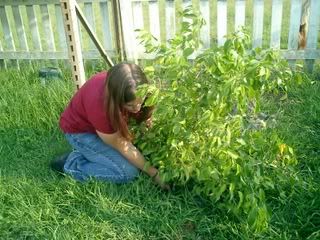
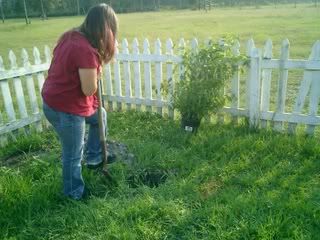
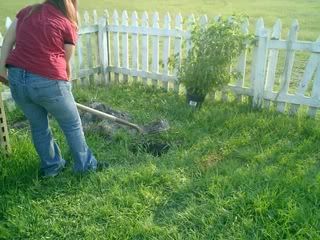

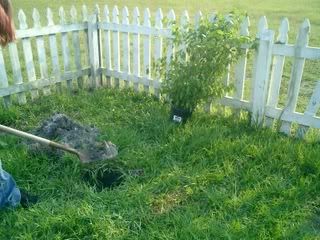
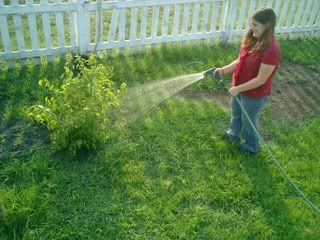
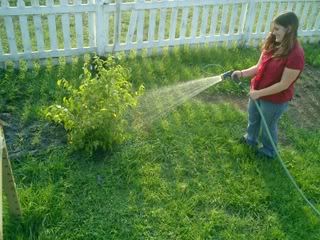

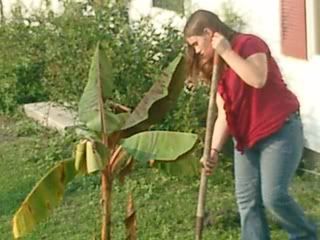
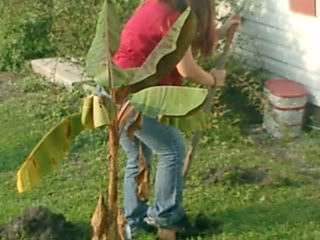
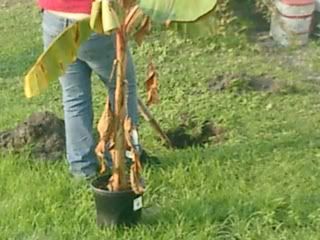
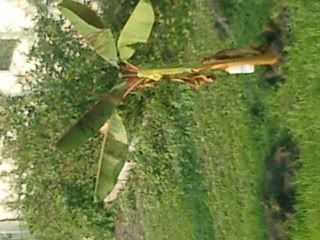



No comments:
Post a Comment